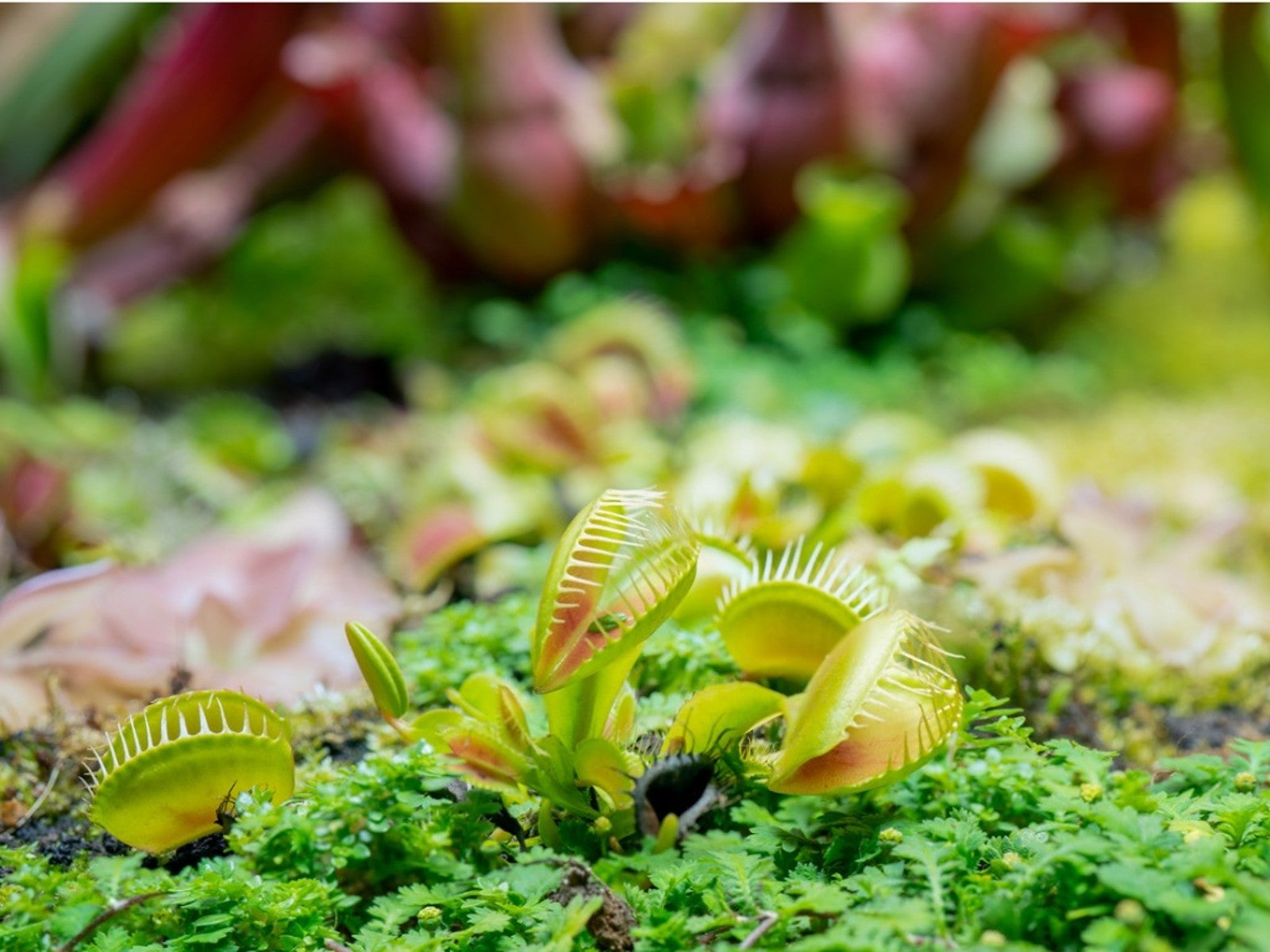Can You Dig Up Endangered Plants To Grow In Your Garden?


If you’ve been asking, “Is it illegal to dig up wild plants,” the short answer is “Yes.” However, you may obtain permission for scientific, personal, or educational purposes. Find out here what you need to know.
Is It Illegal To Dig Up Endangered Plants In The Wild?
People who would like to add native plants from the wild to their homescape or perhaps supplement their income need to first check the local, state, and federal laws pertaining to harvesting plants from public or private lands. It may seem harmless to collect a few plants or seeds from a nearby park, but the plants may be threatened or endangered and protected by law.
Many plant species are in decline due to poaching - illegally taking wild plants or animals. Not only are endangered plants illegal to dig up, but chances are good that they would not survive the transplant. It’s much better to purchase the desired plants from a native plant retailer near you, a native plant society, or a reputable online retailer.
Can You Dig Up Endangered Plants To Grow In Your Garden?
Those who ignore the laws governing endangered plants that are illegal to dig up may find themselves facing hefty fines and/or imprisonment.
Federal laws such as the Endangered Species Act of 1973 make it illegal to “collect or destroy” any plants listed as threatened or endangered. Furthermore, the Lacey Act and its amendments make it a crime to transport, sell, or trade wildlife, including plants, that has been obtained illegally.
If you’ve been asking, “Is it legal to take plants from the wild,” it may be permissible to dig up wild plants on public and private land if they are not endangered or threatened. You can contact the Forest Service or Bureau of Land Management for a permit. If a homeowner gives you permission, get it in writing. Even if you can get permission, consider other ways to obtain your plants, because even non-threatened plants can decline from over collecting.
Rights of way along roads and highways are off limits, too, as those often are planted by the highway department.
Sign up for the Gardening Know How newsletter today and receive a free copy of our e-book "How to Grow Delicious Tomatoes".
If you do obtain permission for educational, personal, or scientific reasons, here are some tips for collecting the samples without doing harm.
- Check the state and national resources for a list of endangered plants and do your homework to identify them. Do NOT collect endangered plants.
- Take a photo of the plant for documentation rather than digging it up, if possible.
- Collect only common plants in large populations. Do not remove a plant if it is the only one at a site.
- Take only what you need for your sample. Consider taking seed or a cutting to root instead of taking a whole plant.
- Leave the regenerative parts such as roots or rhizomes if the top part will serve your purpose.
- Avoid damaging native habitats, Disturb as little as possible so as not to encourage weed seed germination.
Avoiding the collection of endangered and threatened species can protect them for ecological purposes, as well as for future generations to enjoy.

After graduating from Oklahoma State University with a degree in English, Susan pursued a career in communications. In addition, she wrote garden articles for magazines and authored a newspaper gardening column for many years. She contributed South-Central regional gardening columns for four years to Lowes.com. While living in Oklahoma, she served as a master gardener for 17 years.